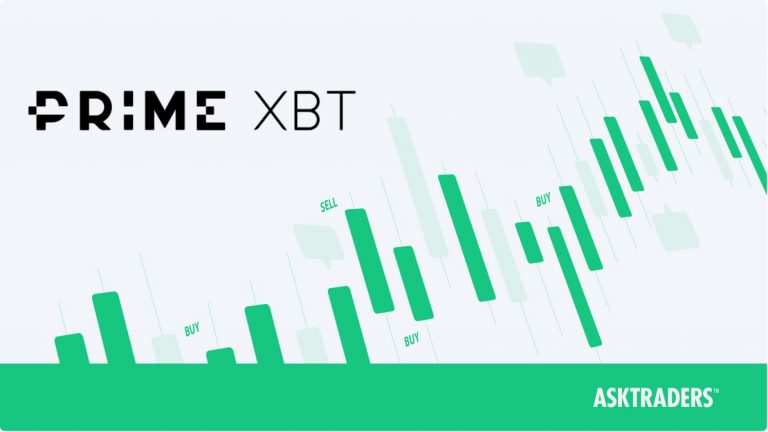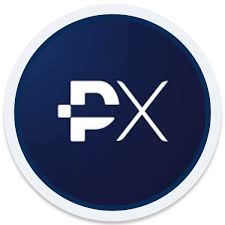
Limit vs Market PrimeXBT: Understanding Key Trading Strategies
When trading cryptocurrencies on PrimeXBT, understanding the different types of orders is crucial for success. Two primary order types are limit and market orders, each serving distinct purposes in the trading process. This article delves into the key differences and applications of Limit vs Market PrimeXBT limit vs market PrimeXBT, helping traders leverage these strategies to optimize their trading results.
What is a Market Order?
A market order is the simplest type of order in trading. When a trader places a market order, they are buying or selling an asset immediately at the current market price. The primary advantage of this order type is its speed; market orders are executed quickly, ensuring that the trader capitalizes on the current price at the moment of the order.
However, while market orders guarantee execution, they do not guarantee the price at which the order will be filled. This can lead to slippage, where the execution price differs from the expected price, especially in a volatile market. As a result, market orders are best suited for situations where speed is paramount, such as executing a quick trade to mitigate losses or take advantage of a fast-moving market.
What is a Limit Order?
In contrast to a market order, a limit order allows traders to specify the exact price at which they want to buy or sell an asset. For instance, if a trader believes that Bitcoin will bounce back from a specific price level, they can set a limit order to buy Bitcoin at that level. The order will only get executed when the market reaches the specified price.
Limit orders provide better price control, but they come with the caveat that there is no guarantee that the order will be executed. If the market price never reaches the specified limit price, the order remains unfilled. Limit orders can be strategically used in various trading situations, such as entering a position at a desired entry point or exiting a position at a specific profit level.
Key Differences Between Limit and Market Orders
- Execution Speed: Market orders are executed immediately at the current market price, while limit orders may take time or may not be executed at all if the limit price is not met.
- Price Control: Limit orders grant traders control over the execution price, whereas market orders expose traders to potential slippage and price discrepancies.
- Usage Scenarios: Market orders are usually employed for quick trades needing immediate execution, while limit orders serve well for strategic entry or exit points.
When to Use Market Orders

Nonetheless, traders should exercise caution when using market orders in illiquid markets or during times of high volatility, as this is where slippage can significantly impact the expected outcomes.
When to Use Limit Orders
Limit orders shine when traders have a predetermined price target in mind for entering or exiting a position. They are particularly useful in sideways or consolidating markets, where prices fluctuate within a range. By setting limit orders at advantageous levels, traders can improve their chances of getting favorable fills without having to constantly monitor the market.
Additionally, limit orders allow for strategic profit-taking. For example, if a trader enters a long position, they might set a limit order to sell at a particular price level to secure gains. This "set it and forget it" approach can minimize emotional trading decisions driven by market fluctuations.
Combining Limit and Market Orders in Trading Strategies
Many successful traders employ a combination of both limit and market orders as part of their trading strategies. For instance, a trader might place a market order to enter a position immediately during a breakout, and simultaneously set limit orders for taking profit at predefined price levels. This hybrid approach ensures both immediate market exposure and the potential for strategic exits.
Alternatively, traders can also use limit orders to build positions gradually. By placing multiple limit orders at various price levels, a trader can average the entry price of an asset, allowing them the flexibility to respond to market movements without fully exposing their capital at once.
Conclusion
Understanding the differences between limit and market orders is essential for any trader on PrimeXBT. Both order types have their unique strengths and weaknesses, and the choice between them should align with the trader's strategy, market conditions, and risk tolerance.
Ultimately, whether you choose to utilize limit or market orders—or a combination of both—being well-informed about how they work can significantly enhance your trading performance and decision-making process. As the cryptocurrency market continues to grow and evolve, savvy traders who effectively employ order types will be better positioned to navigate its complexities and seize opportunities with confidence.
